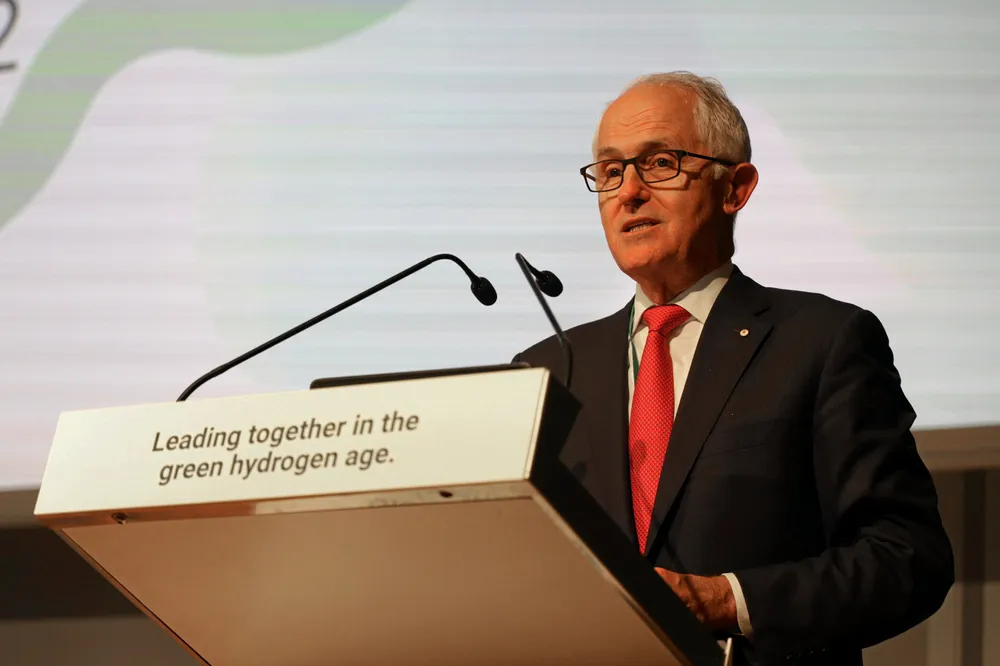Global commission formed to speed up planning approvals for green hydrogen and renewables projects
Green Hydrogen Organisation joins forces with wind, solar, energy storage and hydropower groups to present an agreed set of recommendations to the UN in September 2023
